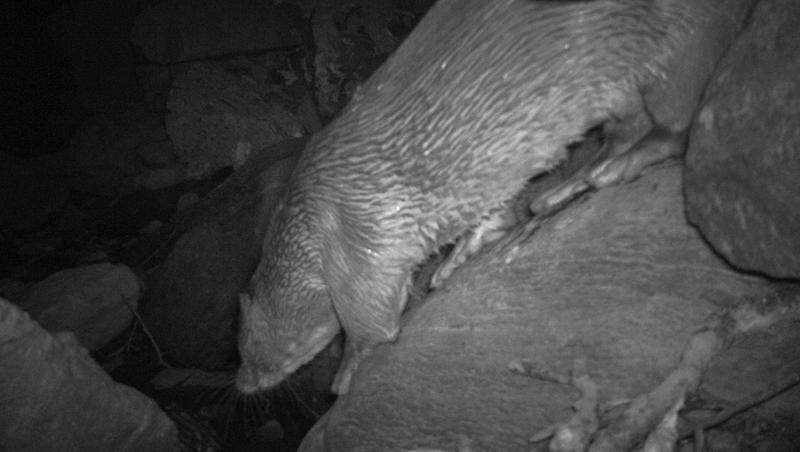Description

Disclaimer: Copyright infringement not intended.
Context: The first photographic record of an elusive semi-aquatic carnivorous mammal has indicated that not all is lost for a Jammu and Kashmir stream.
Details:
Findings:
- A trio of scientists from the University of Jammu’s Institute of Mountain Environment trapped three Eurasian otters in the Neeru stream of the Chenab catchment.
- Apart from putting an end to doubts about the animal’s presence in the upper Chenab catchment, their findings have confirmed that some stretches of the Neeru remain unpolluted.
- The Neeru is a tributary of the Chenab river.
- Since the Eurasian otter — classified as ‘near threatened’ on the IUCN Red List — is regarded as a flagship species and indicator of high-quality aquatic habitats, its presence is encouraging for the health of the Neeru stream.
.jpeg)
About Eurasian Otter:
Taxonomy:
- Kingdom :Animalia
- Phylum :Chordata
- Class : Mammalia
- Order :Carnivora
- Family :Mustelidae
- Genus :Lutra
- Species :lutra
- Conservation status:
- IUCN : Near threatened
- IWPA : Schedule II
- CITES : Appendix I
Distribution:
- The Eurasian otter has one of the widest distributions of all palaearctic mammals.
- Its range covers parts of three continents: Europe, Asia and Africa.
- In India, it occurs in northern, northeast and southern India. Formerly widely distributed in Japan, it is now believed to be extinct there.

Characteristics, Habitat and Behaviour:
- The Eurasian otter has sleek brown fur, which is often paler on the underside and a long lithe body with a thick tail and short legs.
- Adaptations for an aquatic lifestyle include webbed feet, the ability to close the small ears and the nose when under water, and very dense, short fur that traps a layer of air to insulate the animal
- The Eurasian otter lives in a wide variety of aquatic habitats, including highland and lowland lakes, rivers, streams, marshes, swamp forests and coastal areas independent of their size, origin or latitude
- In the Indian sub-continent, Eurasian otters occur in cold hill and mountain streams. During summer (April - June) in the Himalayas, they may ascend up to 3,660 m.
Major Threats:
- Habitat destruction due to developmental activities such as canalization of rivers, removal of bank side vegetation, dam construction, draining of wetlands and aquaculture activities.
- Decrease in prey species due to acidification of rivers and lakes.
- Poaching for pelt.
- Coastal populations are vulnerable to oil spills, while the inland populations are vulnerable to organic pollution by nitrate fertilizers, untreated sewage, or farm slurry.
- A potential risk comes from traps designed to kill other species, especially underwater cages constructed to drown muskrats.
|
PRACTICE QUESTION
Q) Which of the following statements is/are incorrect with reference to Eurasian otter?
a. It is classified as ‘near threatened’ on the IUCN Red List.
b. It is regarded as a flagship species and indicator of high-quality aquatic habitats.
- Only a
- Only b
- Both a and b
- Neither a nor b
Answer: Option 4
|

https://epaper.thehindu.com/ccidist-ws/th/th_delhi/issues/28778/OPS/GDTB0ARR3.1+GSCB0BB9I.1.html












